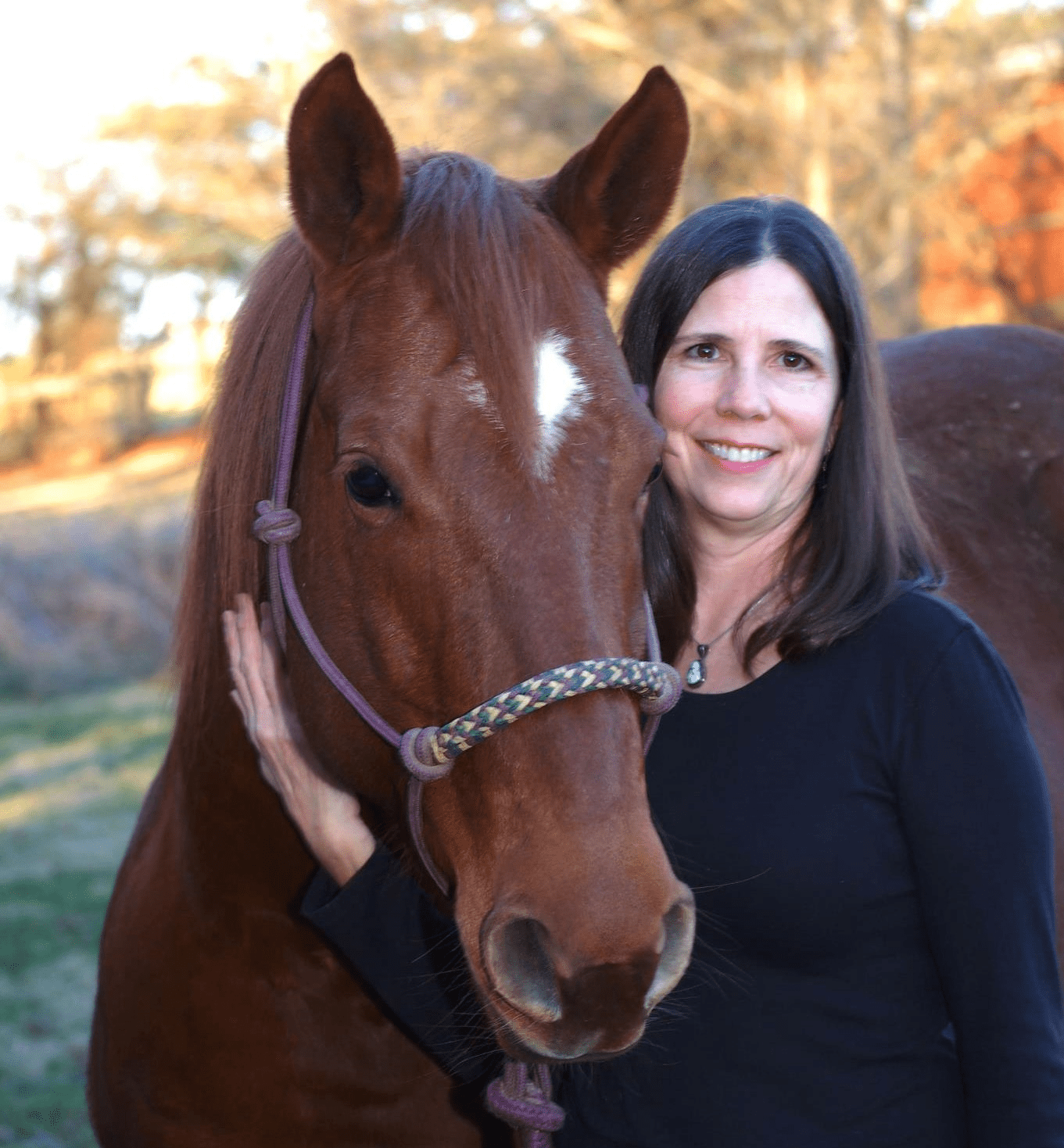Five Horses Test Positive for Equine Herpesvirus
As 2005 neared its end, equine herpesvirus type-1 (EHV-1) killed two horses that were stabled at Turfway Park, a Northern Kentucky racetrack. The victims–one Thoroughbred in training and a lead pony–were euthanatized after they developed the
- Topics: Article, Equine Herpesvirus (EHV)
As 2005 neared its end, equine herpesvirus type-1 (EHV-1) killed two horses that were stabled at Turfway Park, a Northern Kentucky racetrack. The victims–one Thoroughbred in training and a lead pony–were euthanatized after they developed the neurologic form of the disease. The Kentucky state veterinarian’s office said as of Jan. 2, five horses in Barn 26 still tested positive, and six horses remained quarantined in the outriders’ barn.
The EHV-1 organism can cause three forms of disease: Respiratory disease, abortions in pregnant mares, and neurologic disease. The neurologic form is highly contagious and can be characterized by the inability to rise, rear limb ataxia (incoordination), and a lack of bladder control. A horse can survive neurologic EHV-1 with supportive care, but if he becomes recumbent (stays down), it is difficult to nurse him back to health.
The Turfway outbreak was one of several at equine facilities throughout the United States in 2005. Scientists announced in 2005 they had observed that a mutation within a single EHV-1 gene was associated with strains of EHV recovered from neurologic cases, and they were investigating what effects this would have on the strains’ replicative efficiency (www.TheHorse.com/emag.aspx?id=6449 and www.TheHorse.com/emag.aspx?id=5540).
Turfway’s quarantine began Dec. 21 after a 3-year-old Thoroughbred filly exhibited EHV-1 clinical signs. The filly’s condition deteriorated and she was euthanatized Dec. 23 at Hagyard Equine Medical Institute in Lexington
Create a free account with TheHorse.com to view this content.
TheHorse.com is home to thousands of free articles about horse health care. In order to access some of our exclusive free content, you must be signed into TheHorse.com.
Start your free account today!
Already have an account?
and continue reading.

Related Articles
Stay on top of the most recent Horse Health news with

















